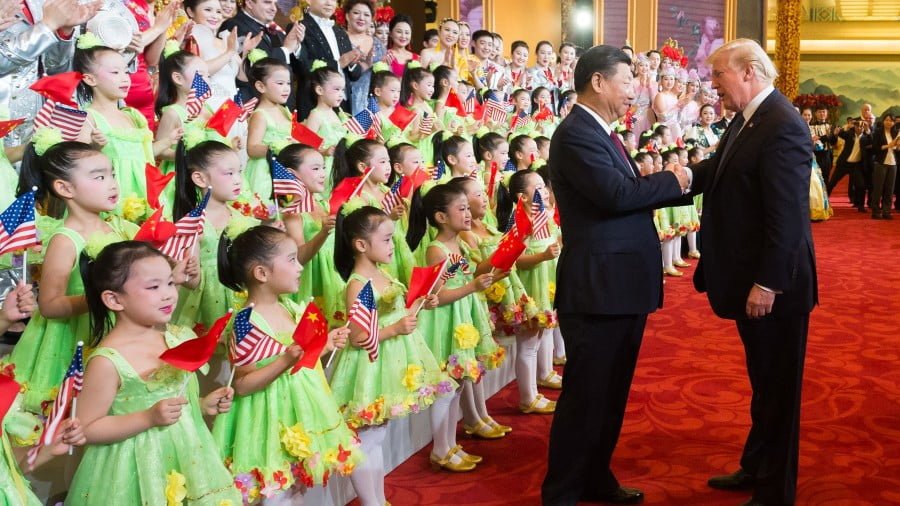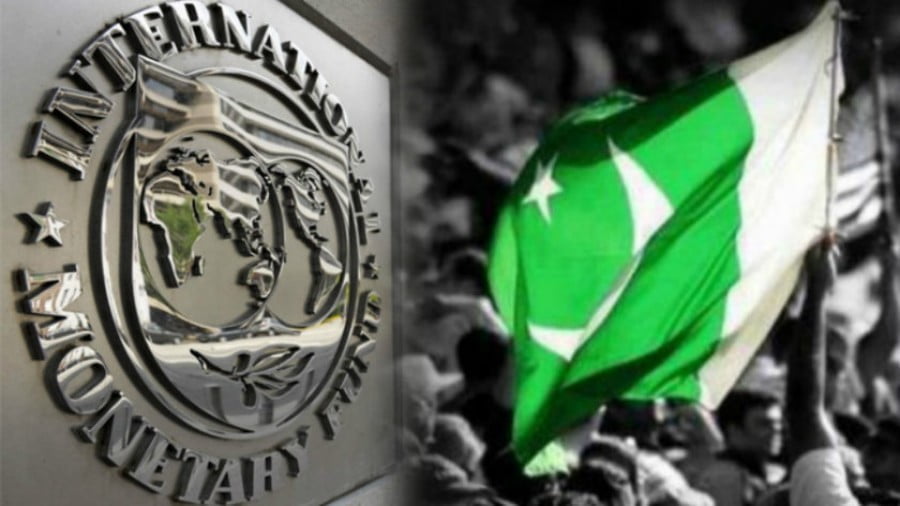Top Trends: Hybrid War Balkanization, Trumpism vs. Globalism, Renaissance 2.0
Three of the top worldwide trends that will continue to influence International Relations across the next decade are the threat of Hybrid War Balkanization, the ongoing struggle between Trumpism vs. Globalism, and the prospects of a Renaissance 2.0, with the most likely vision of the future being a blend of these prevailing tendencies.
Strategic forecasting is one of the most difficult exercises for any analyst, especially when attempting to accurately predict what the world will look like within five to ten years down the line, but it’s nevertheless a thought-provoking challenge that aims to enlighten the intended recipients with a visionary view of the future. The aim of this activity is three-fold – the first is to draw attention to the most influential trends in the world; then to establish their maximum parameters; and finally to describe the most likely way that they’ll interact with another in shaping the world system. It’s taken for granted that “black swans” and “dragon kings” could offset any scenario, but looking beyond those unpredictable developments, strategic forecasting attempts to produce workable models that can inform decision makers of the most probable environments that they’ll be operating in, therefore contributing to the proactive formulation of more relevant policies that keep them ahead of the curve.
The paradigm-changing processes presently underway in today’s world are literally revolutionizing everything that people have previously taken for granted, from the superstructure of International Relations all the way down to interpersonal relations. The first-mentioned one of these forms the basis of the present analysis and was previously touched upon last year by the author in his work about the “21st-Century Geopolitics Of The Emerging Multipolar World Order” that he published after completing his independent year-long Hybrid War studies. The aforementioned article contains many useful links and should at least be skimmed through before continuing with the present piece, but the overarching theme within it mostly pertains to the trend of Hybrid War Balkanization. The other two global influences of Trumpism vs Globalism and a Renaissance 2.0 aren’t really analyzed all that much, therefore making that article incomplete in hindsight. Therefore, the present piece strives to fill in the gaps and accommodate for what’s missing.
Hybrid War Balkanization
Beginning with the first one, HybridWar Balkanization, this essentially refers to the use of externally provoked identity conflicts that seek to disrupt, control, or influence transnational connective infrastructure projects that are more often than not part of China’s One Belt One Road (OBOR) global vision of Silk Road connectivity. A detailed study of Afro-Eurasia and Latin America through this strategic prism reveals several pivot states that are disproportionately more likely to experience Hybrid War destabilization than others because of their demographic composition and connectivity significance. Truth be told, most of the Eastern Hemisphere’s countries are so internally diverse and interconnected through the legacies of “conventional” and neo-colonialism that each of them are theoretically vulnerable to being targeted. The extreme manifestation of Hybrid War Balkanization is exactly as it sounds and could see the entire Eastern Hemisphere divided-and-ruled through this stratagem while the US safely rides it out in its autarkic “Fortress America” halfway across the world.
Trumpism vs. Globalism
Up until the election of Donald Trump, the world was irreversibly moving in the direction of globalization, with the only difference between the US and China being the variant of the model involved. American Globalization was largely discredited after its decades of abuses that saw the country resort to the use of unbridled military force in order to retain its economic hegemony, which in turn gave rise to the worldwide craving for an alternative model spearheaded by China and colloquially referred to as Silk Road Globalization. Beijing’s key differentiating factor from Washington is that it strives to build instead of destroy and envisions creating new trade corridors that eventually result in the cumulative shift of global economic gravity from the West to the East, and consequently, the establishment of what its supporters believe will be a more equitable world system.
Trump upset all of that by reviving economic nationalism (“Trumpism”) and therefore posing the greatest threat to both models of globalization, which explains why his country’s own transnational elite hate him just as much as China does. Paradoxically, Trump wants to go backwards in time in order to take the world forwards, believing that globalization inevitably ends in the destruction of the nation-state and traditional cultures, which is why countries must revert back to their erstwhile policies of economic nationalism if they’re to have any chance of surviving in the future. The “politically incorrect” fact of modern times, however, is that even the strongest proponents of globalization such as China and the EU have always retained some elements of protectionism, but the uncontrolled spread of economic nationalism inspired by Trump would undermine everything that they’ve built and totally change the nature of the global economy.
Renaissance 2.0
This final trend is probably the most provocative but it’s that mankind as a whole (key qualifier) has never lived better in history, and that this will likely continue into the indefinite future. The “competitive connectivity” between China’s OBOR and the Indo-Japanese “Asia-Africa Growth Corridor” could remain friendly under a new de-facto “rules-based system” during this period of paradigm-changing global transition through the successful implementation of the “China-India-Plus-One” (CIPO) proposal for joint cooperation between these two Great Powers in third party states like those in Africa. Taken to its natural end, this could see the flourishing of developmental projects and related economic opportunities all across the “Global South”, with everyone – including the US – having a stake in retaining systemic stability so as to mutually profit from this unprecedented period of worldwide prosperity, even if it’s within a more or less globalist system. It might sound like a dream, but it can’t be entirely discounted.
The World Tomorrow
It’s unrealistic at this point to assume that any of these trends will dominate the other or that one of them will be taken to the extreme that was described, which is why the future will probably be a blend of these three. Thinking outside the box and imagining what the world could look like five to ten years from now, it’s conceivable that the US will continue along the path of Trumpism and bolstering its Fortress America project in the Western Hemisphere after recapturing control of the majority of its countries. This will ensure its access to the necessary resources and markets for weathering any possible blowback from its “trade war”. Concurrent with this, the ideological-economic model of Trumpism could be weaponized for export to the Silk Road transit states deemed of profitable importance to the US and its allies in lieu of destabilizing them with Hybrid War.
“Receptive” countries could then be drawn into the US’ “New Washington Consensus” and/or the AAGC through the promulgation of bilateral or carefully constructed multilateral trade deals that are predicated on the zero-sum objective of harming China’s Silk Road Globalization interests, while “resistant” ones would fall victim to Hybrid Wars that would in either case undermine the viability of the Multipolar World Order that Beijing’s building. The three-pronged asymmetrical plan of attack that the US is therefore poised to pursue is to spread the Trumpism model to targeted states, woo them with the American-allied AAGC’s “false alternative” to Silk Road Globalization, and then finally subvert them through Hybrid War if they refuse to go along with its unipolar pushback, with the last-mentioned course of action occurring if regional “contagion” risks are predicted to be “acceptable”/“manageable” and unlikely to lead to any serious blowback to US interests.
Concluding Thoughts
The emerging world system will undoubtedly be multipolar in the sense that the unipolar hegemon’s capability to directly multimanage global affairs is weakening in parallel with the growing assertiveness of regional Great Powers to influence the paradigm changes that are presently taking place. Adapting to multipolarity through a combination of the “Lead From Behind” military strategy and the two previously discussed economic ones of Trumpism and the AAGC, the US is unlikely to “implode” like the doomsayers have predicted, though it’s equally improbable that it’ll ever restore its 1990s standing in the world like its most diehard proponents believe. Rather, the US will seek to manipulate the checkerboard of increasingly connected Trumpist, AAGC, and OBOR states through deft diplomacy, calculated trade tensions, and Hybrid Wars, with the end result being a future where Kissinger-like Great Power “balancing” and Brzezinski-esque identity conflicts are chaotically leveraged by Smithsonian and socialist economic competitors.








2 Comments